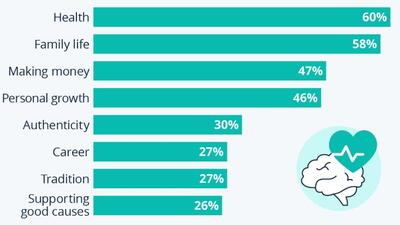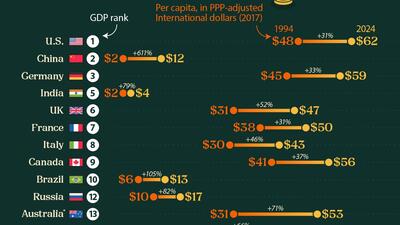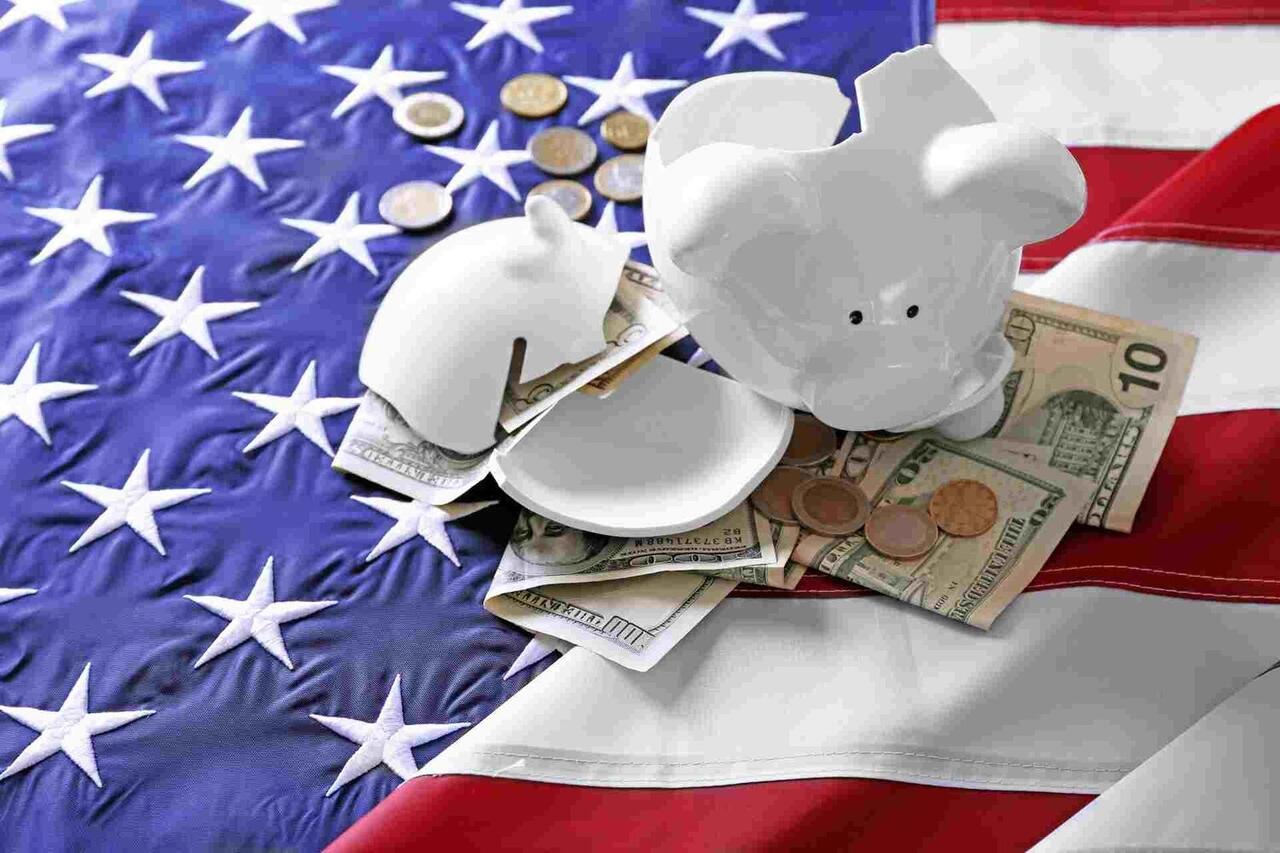Why Consumer Sentiment Fell To A Seven-Month Low
The University of Michigan Consumer Sentiment Survey plummeted to its lowest level in seven months.
The index reading for June came in at 65.6, down from 69.1 in May and under the consensus expectation of 72. In the current conditions and expectations categories, the survey fell below economists’ expectations.
Year-ahead inflation expectations were unchanged this month at 3.3%, but above the 2.3–3.0% range seen in the two years prior to the pandemic, according to the press release. Long-run inflation expectations rose from 3.0% last month to 3.1% in June, significantly above the 2.2-2.6% range seen in the two years pre-pandemic. This survey indicates how weak the U.S. economy is and how consumers are feeling the persistent inflation.
Joe Biden posted on X “Zero. That was monthly inflation in May. There is more to do still, but this is welcome progress.”
Inflation was 3.3% in May, and services, shelter, and electricity increased by 5.3%, 5.4%, and 5.9%, respectively.
A zero increase in June in the CPI reading is not zero inflation in the month. Consumers in America may find these optimistic messages exaggerated and almost propagandistic.
Furthermore, CPI inflation should have been significantly lower, close to 2%, months ago. Is it welcome progress, as the president says? Not really. However, the underlying message of the X post is probably closer to “it could have been worse.”.
We must remember that the Inflation Reduction Act has perpetuated inflation, as unnecessarily aggressive fiscal policy sabotaged the Fed’s decision to reduce the quantity of money in the system. The federal deficit is fueling inflation and keeping the CPI measure above the level where it should have been for at least twelve months.
Neo-Keynesians frequently point to the path of disinflation as a triumph of the soft-landing approach. The economy did not enter a recession, unemployment is low, and prices are cooling off gradually. There is an evident counterargument to this optimistic view. The United States economy would have recovered faster, and consumers would not have suffered flat real wage growth, a loss of purchasing power and crippling debt. The idea that government spending has strengthened the economy has no merit. Excessive government intervention is a direct cause of the unsustainable deficit, rising taxes, ongoing inflation, and weaker productivity growth.
Both the labour participation rate and employment-to-population ratios remain below pre-pandemic levels. Real wage growth has been almost flat for years. Inflation is a hidden tax, and it has worsened the recovery path of the United States. The deficit has fueled inflation.
The U.S. consumer has been adding debt to maintain consumption, and credit card debt has reached new record levels. This is not a strong economy.
The problem is that the economy is weakening in the middle of an enormous fiscal expansion and debt continues to rise at an alarming pace while interest expenses reach new highs. Keynesian policies have weakened the fabric of the private sector and small and medium-sized businesses.
The discontent we are seeing in all developed countries is typical. Governments have focused on inflating headline macro figures, forgetting the average consumer and small businesses. Large corporations have been able to navigate these incorrect policies because of their financial muscle. However, families and small businesses are living a Keynesian nightmare. Employed yet impoverished, while businesses struggle to stay afloat. So, what is the problem? The imbalances in the public sector will generate less growth, higher taxes, and more challenges in the future. Public debt is not a tool for growth; it is a burden.
There have been a few comments in financial papers stating that the consumer confidence reading may come from negative analysis on social media. The St. Louis Fed reports that “observers have cited disproportionally circulated negative economic news on social media as one possible reason for poor sentiment, disconnected from a robust economy.” Another common view is that while inflation is cooling, the price level is still higher than it was a few years ago, and consumers have not yet adjusted. High prices are a factor, but they primarily work by eroding incomes, which has been found to have considerable influence on consumer sentiment.” Blaming negative economic news makes no sense. The Consumer Sentiment Survey was at an all-time high in 2019, a period when there was general media negativity regarding the economy and the administration. Inflation and higher taxes are more likely reasons why consumers are depressed. Even the gross domestic income figure shows that things are not as solid as the government thinks. If we look at the discrepancy between GDP and GDI, or the difference between the unemployment rate and labour force participation, as well as real wages compared to nominal readings, we can understand why citizens are unhappy. Bloating GDP with debt always ends badly.
More personal-finance stories on ZeroHedge

Americans Value Health & Family Above Everything

9 Signs That Conditions Are Ripe For A Major Economic Crisis In The US

How Daily Incomes Have Changed In Top Economies Over The Past 30 Years
NEVER MISS THE NEWS THAT MATTERS MOST
ZEROHEDGE DIRECTLY TO YOUR INBOX
Receive a daily recap featuring a curated list of must-read stories.



 Latest: Epstein: Mossad or CIA?
Latest: Epstein: Mossad or CIA?




